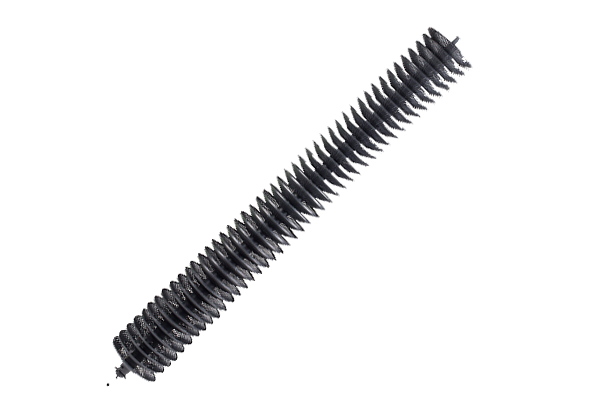

The European flat oyster is found along the western European coast from Norway to Morocco in the north-eastern Atlantic and in the whole Mediterranean Basin. Despite new management practices, and intensive repletion programmes, the production of O. edulis in almost all European traditional rearing areas. Then, two diseases ( Marteilia refringens and Bonamia ostrea) spread in the early 1970s and 1980s, drastically reducing the production of O. The population later recovered but was replaced by cupped oysters in several traditional rearing areas. With regard to disease, a massive mortality widely struck European flat oyster populations in 1920. More recently, hatcheries have begun to produce cultchless flat oyster spat. Since the 1980s, the use of tubular nets filled with mussel shell and deployed off-bottom has also proven more cost effective in southern Brittany, France. This technique was more and more cost effective requiring far less labour. Spat collection techniques changed when seeding cockle (1904), then mussel (1939) shells in subtidal waters became the common practice in the Netherlands. The most obvious cultural changes during the 20th century occurred in two areas: spat collection techniques and the occurrence of disease problems in oyster populations.

This form of culture was replaced by cupped oyster ( Crassostrea angulata) production in 1950. Spat were cemented individually onto poles, which were hung from frameworks developed over mussel leasing grounds. Growout facilities were developed in shallow waters (3-4 m), then oyster culture increased substantially by transferring spat from traditional spatfall areas (Brittany). On the Mediterranean coast, off-bottom culture was initiated in 1900, using oysters cemented onto steel poles. Coated tiles became the main method of spat collection in France and the Netherlands: spat were removed by hand after 6-10 months, then reared in trays or re-laid in subtidal plots. Then, in 1865, the liming tile technique (roof tiles coated with a mixture of lime and fine sand), and wooden boxes to grow juveniles were developed in south-western France. Mostly in intertidal areas, wooden spat collectors were initially used followed by oyster shell strings and slates. Eventually, the 'leasing ground' system and the development of artificial spat collectors and their systematic use facilitated the development of the sector. Shortage in seed supply prompted the managers to develop cultural practices aimed to sustain a repletion and reseeding programme. During the 18th and 19th centuries, fishing effort led to over-exploitation, failing recruitment, and destruction of European natural beds, which were also affected by extremely cold winters. A decline in activity in salt marshes facilitated oyster culture development by expanding grow-out acreage availability. In the 17th century, oyster spat were collected on rocks, separated from each other and deployed into ponds in salt marshes on the Atlantic coast of France.

The Romans built ponds to stock and sort oysters. The flat oyster Ostrea edulis, a native of Europe, has been part of the human diet for many centuries. The flat oyster can grow very large (>20 cm) and become very old (>20 years). edulis occurs from the coast of Norway to waters near Morocco, through the Mediterranean Sea, and into the Black Sea. The hard rough gray shell contains a meat that can vary in color from creamy beige to pale gray, in flavor from salty to bland, and in texture from tender to firm.
#OYSTER SPAT COLLECTORS SERIES#
Shell consist of a series of chalky layers which may include laminar and hollow chambers. The shell is off white, yellowish or cream in colour with light brown or bluish concentric bands on the right valve. A large central muscle serves to close the valve against the pull of the ligament. Valves are held together at their narrow ends by an elastic ligament. Inner surfaces of both valves are smooth and usually pearly, white or bluish-grey, often with darker blue areas. Left shell is deeply concave and fixed to the substratum, the right being flat with rougher edges and sitting inside the left acting as a lid. The two halves (valves) of the shell are different shapes subcircular to circular and inequivalve. The irregular shell has a distinct hooked beak, patterned with delicate foliation. Ostrea edulis is a bivalve mollusc that has an oval or pear shaped shell with a rough, scaly surface.


 0 kommentar(er)
0 kommentar(er)
